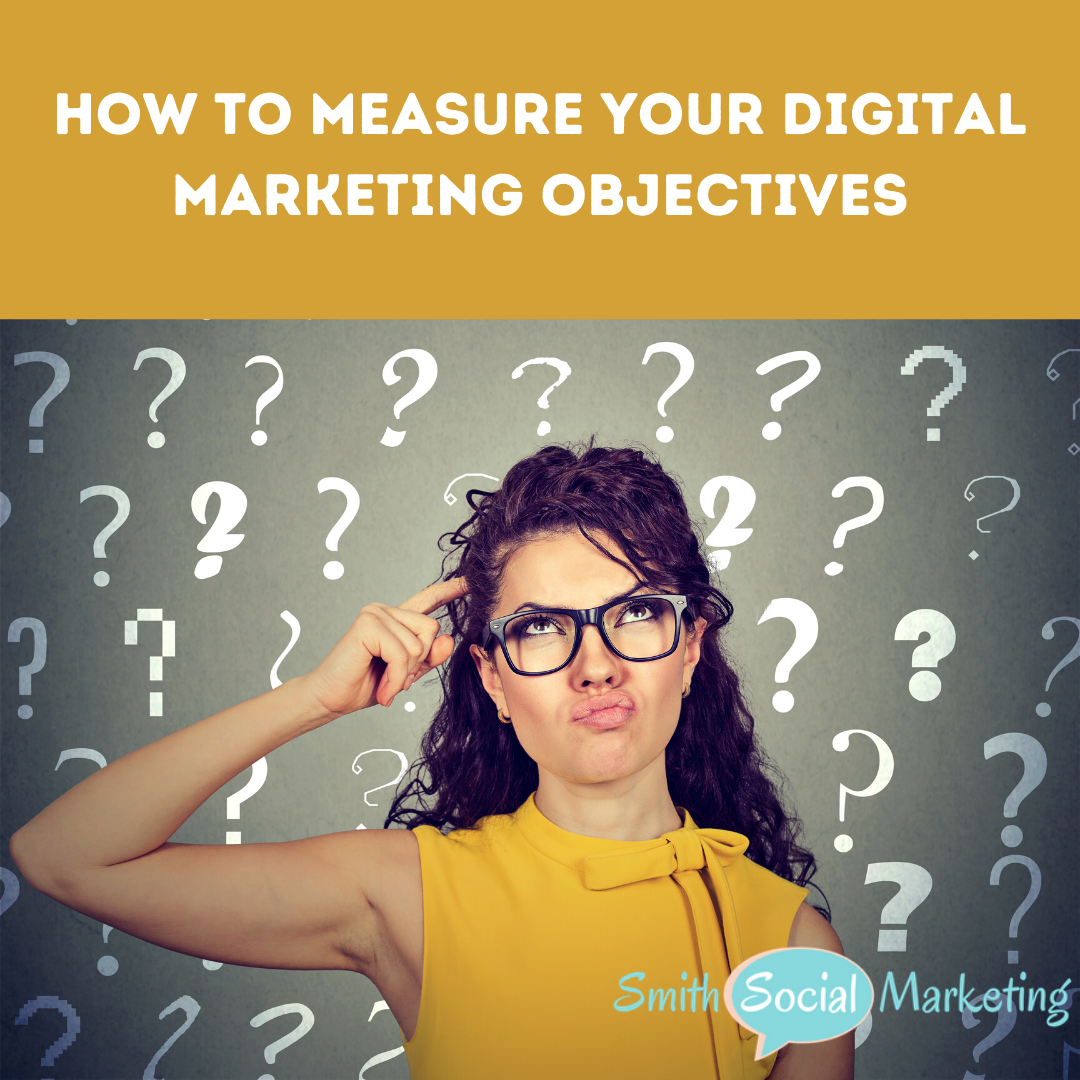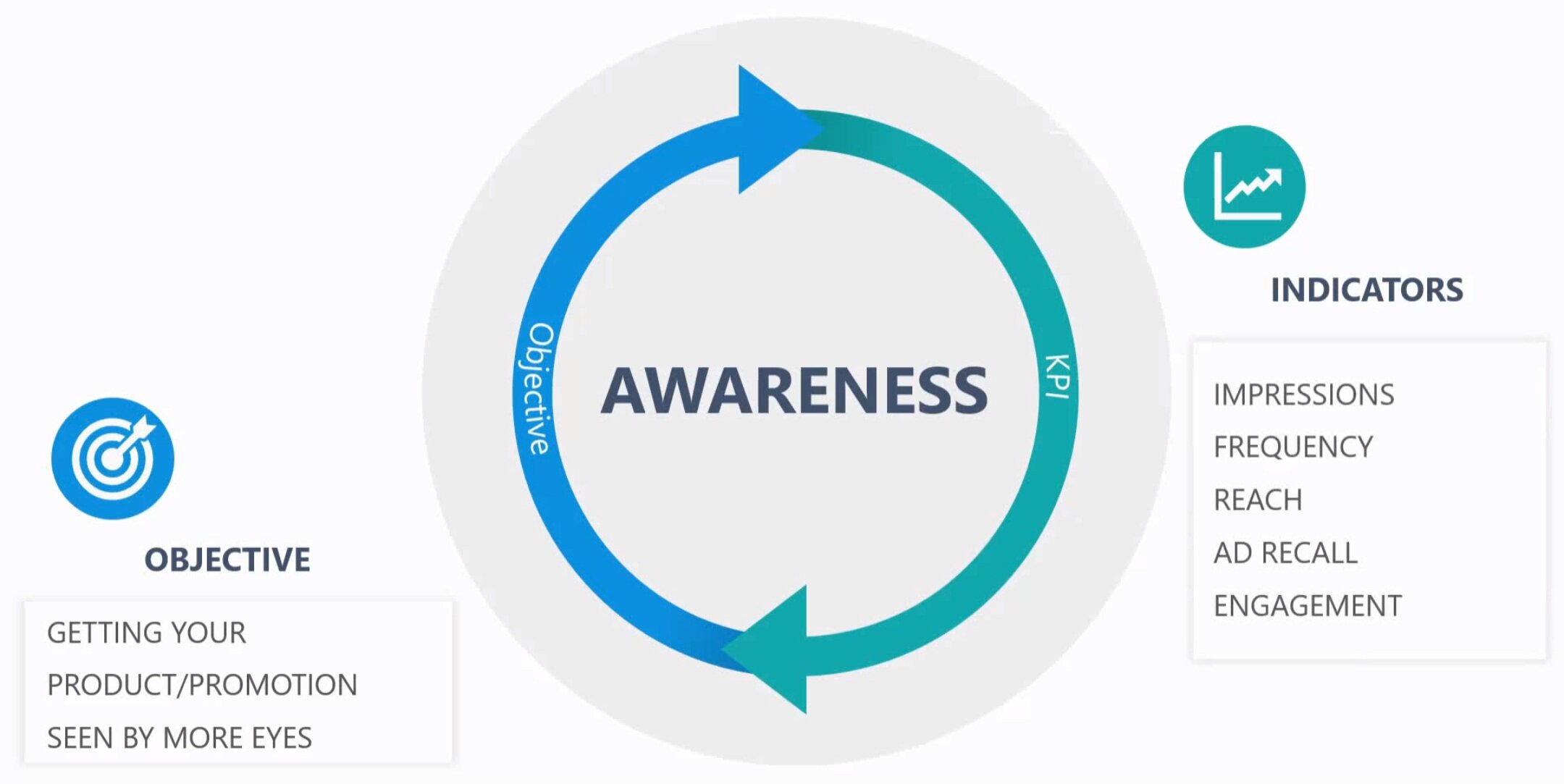How to Measure your Digital Marketing Objectives
Because of our country’s current situation, it’s more important now than ever to have your business focus on its digital marketing efforts. With any marketing plan, it’s important to set goals or objectives and then to measure those goals. Because a goal without a plan is just a wish. So how do we do this? Let me first define a couple of marketing terms:
Objectives – goals set by a business when promoting itself to potential customers, which should be achieved within a given time frame.
KPI (Key Performance Indicators) - A measurable value that shows how a business is achieving their objectives.
What are your business’ current objectives? Below I’ve listed four common objectives and the indicators on how to measure them.
Objective: BRANDING – this goal would be for a new business that’s starting or an existing business scaling an existing brand.
Indicators to use to measure your branding objective:
Impressions – the number of times someone viewed an ad
Reach – the number of people your ad reached
Traffic – the number of visits on your website
Engagement – actions people take, so depending on where it’s at such on social media, this would be measured by likes, comments, shares. Email or newsletter would be measured by open rate or link clicks.
Organic Results – this refers to the number of people searching your brand name.
Objective: AWARENESS –getting your product or service seen by more eyes. You’ve already established a brand but you want to create awareness for a new product/service.
Indictors are similar to branding objecting but also includes
AD RECALL – on Facebook that indicates how likely someone is likely to recall or remember your ad.
Objective: SALES
KPI – ROI (Return on Investment) the amount you make after paying your expenses. The sole purpose of ROI is to determine whether the campaign is worth the investment or not
ROAD (Return on Ad Spend) comparing how much you spend to how much you earn. Here’s a helpful article differentiating ROI and ROAD
Conversion Rate – the number of people who purchased divided by the number of people who have visited your site. (work on increasing this rate)
Keywords – referring to different words you may be bidding on in Google Ad Words. Various indicators to measure for example would be a keyword’s CPC (Cost per Click) is too high or the conversion rate is different on this keyword vs another.
Bounce Rate - % of people who’ve clicked to visit a page on your site but have left right away.
OBJECTIVE: RETENTION - keeping your most loyal/valuable customers
Lifetime Value of a customer
Conversion rate
Frequency
Engagement
Segments – measures the performance of your different segments. Such as, you would’ve split your most loyal customers into different segments, and some might be performing better than others and that’s what you would be looking at and building on.
Hopefully now that you have defined goals with measurable tools, your digital marketing efforts will be more effective. If you need more help and guidance with your online marking, please reach out. I’m happy to meet for a free consultation.






